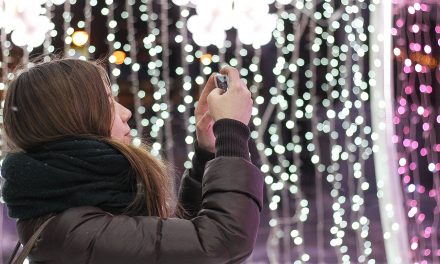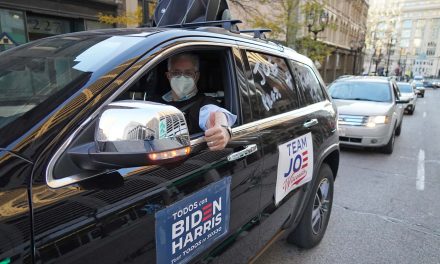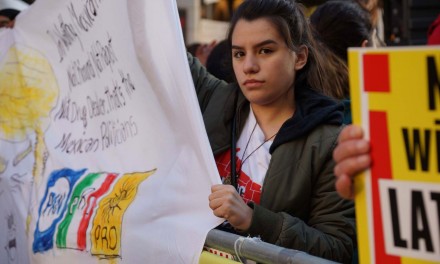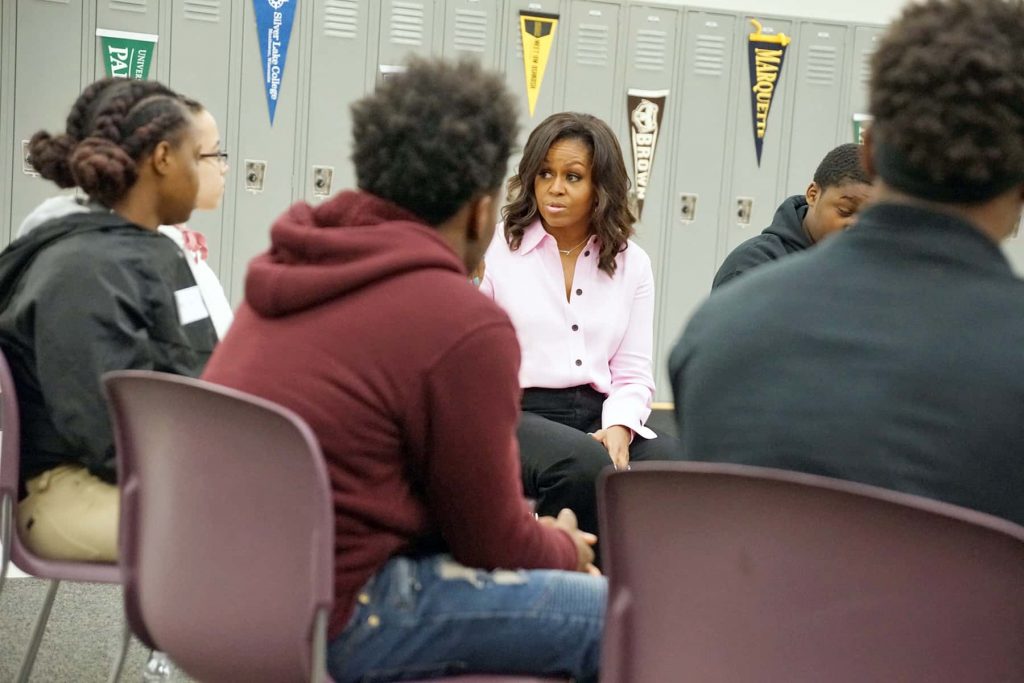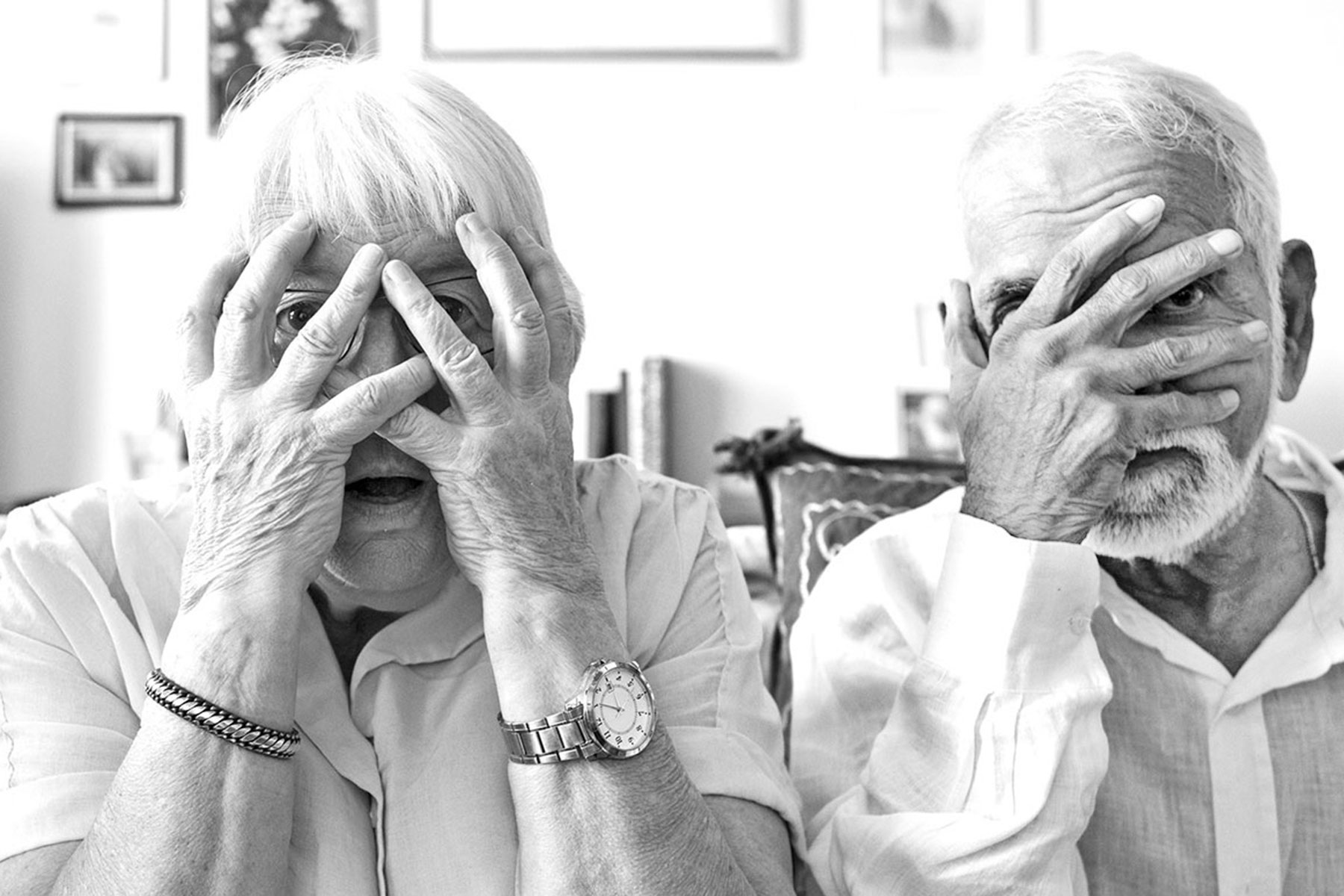
There appears to be a nearly daily occurrence, somewhere in the country, where white people are calling the cops on people of color who are doing absolutely nothing – other than going about their daily lives.
What is driving this hysteria among white people, that they feel the need to call 911 when people of color are simply occupying a space that white people feel they should not be in? And how is it that the police keep responding to these non-threatening behaviors as if innocent people are a threat?
In September of 2016, I wrote about the Bad Dude Syndrome, looking at the consistent portrayal of black men as automatically suspect in the hearts and minds of many white people. It was readily apparent to me that this phenomenon has spread nationwide to include males and females, of a variety of non-white groups.
The latest incident occurred at a Nordstrom Rack store in Brentwood, Missouri when three black teens were accosted by the police after several employees followed them around the store and eventually called the police. An elderly customer at the store called them “punks” and asked them, “Are your parents proud of you for what you do?”
An employee called police, claiming the teens had shoplifted just a short while later. The three black teens were shopping for prom and graduation clothing. They had purchased items and were returning to their car when police surrounded them. The store manager also escorted the elderly white woman out to the parking lot to her car. The Nordstrom corporate office apologized for the incident and the President of the company flew to St. Louis to apologize in person.
This incident adds on to a long list of people of color who have had recent encounters with police around the country, for doing very normal things that do not arouse suspicion when white people do them.
A group of five black women recently had the cops called because they were taking too long to finish a round of golf. The women were golfing at a Pennsylvania’s Grandview Golf Club and were told by staff that they were moving along too slowly. They were only on the second hole when approached by a former county commissioner who twice asked them to leave, and threatened to cancel their memberships over their slow pace of play.
After finishing nine holes, three of the women left. The two women who remained were about to start on the back nine when the club’s owner, and another employee, accused them of taking too long of a break. The golfers were notified that police had been called. One of the women, Myneca Ojo, ironically is the director of Diversity and Inclusion at a state agency.
Fortunately, the officers who arrived handled the situation well, determining almost immediately that it was in no way a “police matter.” The chief of the department said “there was no need for us to be there and we left.” The group of golfers playing behind the women said that they in no way impeded their progress. One of these golfers, Damen Carter-Mann told a local paper, “Not one time did we catch up with those ladies.” He described their demeanor as nice and professional.
A black woman in Alabama was arrested by three white police officers, who threw her on the ground at a Waffle House restaurant in Saraland, Alabama in April. The officers threatened to break the arm of Chikesia Clemons and also placed a hand on her throat and exposed her breasts in the incident. When she asked the police what they were doing one of the officers replied, “About to break your arm, that’s what I’m about to do” during the video which was posted on social media.
According to the mother of Clemons, the incident started when their party asked for plastic utensils and was told by a waitress that they would have to pay 50 cents extra. When they refused, their order was cancelled and the police were called. Police claim the women were “drunk and disorderly.”
A black Yale graduate student took a nap in her dorm’s common room and a white student called police. The white student walked in on Lolade Siyonbola sleeping in the common room and told her, “You’re not supposed to be sleeping in here. I’m going to call the police.” When police arrived she showed them that she did indeed belong there by opening her dorm room door. Despite this the police officers demanded to see her identification to “make sure you belong here.”
Also in April, a 49-year-old Hispanic man, Jose Arreola, had an off duty police officer pull a gun on him after purchasing a roll of Mentos in Buena Park, California. As Arreola was paying the cashier for his purchase, a man behind him pulled a gun and told him that he was a police officer. The surveillance video captured the incident. Arreola told the officer that he had just paid for the candy and the officer, while pointing the gun at him, told him to put the Mentos back and leave the store. The cashier told the officer that the customer had paid for the candy and the officer apologized for his mistake.
Three black women were recently detained on April 30 by police after leaving a Rialto, California Airbnb, when a neighbor called police, assuming they were burglars. Seven police cars arrived on the scene as they were removing their belongings from the Airbnb rental. The elderly white woman who called police claim she did so because the women did not wave or smile at her. The three black women were traveling with a white friend, yet the neighbor only mentioned the three black women as suspicious. The women explained to police that they were renting the Airbnb, but the officers refused to believe them. The women were detained for between 20 and 45 minutes according to their attorney. One of the women noticed the woman watching them and had joked with her friend that the woman would call the police on them.
A pair of Native American brothers on a college tour had the police called on them when a white woman claimed they made her “nervous.” The two brothers had driven seven hours to be a part of the tour of their dream school, Colorado State University. When they arrived a little late for the tour, the parent of a white student on called the police. The woman claimed the student’s behavior was odd and that they were wearing “black clothing.” Campus police officers pulled 19-year-old Thomas Kanewakeron Gray and 17-year-old Lloyd Skanahwati Gray out of the tour. They were questioned as the tour continued without them.
On the now released 911 call the woman told the dispatcher, “They’re not – definitely not – part of the tour.” She claimed their behavior was odd and that they are wearing dark clothing with “weird symbolism or wording on it.” She claimed to question them to ascertain if they were prospective students. She concluded that they were lying when she asked them what they planned to study at the school and one of them started to laugh. She claimed, “I think they’re Hispanic, I believe… One of them for sure. He said he’s from Mexico.”
Just last month I wrote The Starbucks Arrest, Dontre Hamilton’s Death, and Sitting in Public While Black, an essay about the two black men who made themselves suspicious by sitting in a Starbucks store waiting on a colleague. This pattern of white people calling police on suspicious people of color is nothing new.
Blacks call it Walking-While-Black.
At any given moment black people can be approached by police simply because some white person finds their behavior threatening. Just their mere presence is all it takes for someone to call 911.
I always thought 911 was for emergencies. I cannot see how two men sitting in Starbucks, or five women golfing, or three women packing articles in a car, or a man purchasing Mentos, or students in line for a college tour, or teenagers shopping for prom, justifies an emergency dispatcher being called.
At some point Americans will recognize that racial profiling is not just something police departments do.
A group of black students at the University of Florida were violently pushed off the stage as they celebrated “too boisterously” at their graduation in early May. A North Carolina Pizza In refused to accept a coupon from a black customer in Rocky Mountain, North Carolina recently, only to have his white roommate go to the same location and use the exact same coupon without question a short time later. The list of innocuous incidents that are clear signs of racial profiling is extensive.
Historically speaking, whites have had the power to determine the threat level of non-white people for most of American history. Native Americans, who were attempting to prevent whites from stealing their land, were treated as “hostile savage” and killed by the millions. We celebrated this genocide by making so-called “Cowboys and Indians” movies which always glorified the white Cowboys. It was an important part of the narrative of America’s founding and expansion of the “Manifest Destiny” ideal.
This 19th-century doctrine asserts that the theft of Native lands, and the genocide of its population in the so-called Indian Wars, was both justified and inevitably. In fact, it was seen as part of God’s plan.
John L. O’Sullivan is credited with creating the concept in an 1839 article where he predicted a “divine destiny” for the country. In 1845 he coined the phrase Manifest Destiny in an essay called Annexation. He called on the United States to annex the Republic of Texas, because it was “our manifest destiny to overspread the continent allotted by Providence for the free development of our yearly multiplying millions.”
It was plain and simple American imperialism. Although many condemned it, including Abraham Lincoln and Ulysses Grant, the policy became one of the foundational legacies to justify American expansion into the lands out West. The ideal was also used as a way to justify the 1840’s war with Mexico.
The residents of Mexico were considered enemies and were kiIIed by the thousands as America “won” the war with Mexico in 1848. That act of aggression allowed the nation to expand its boundaries to include the current states of California, Nevada, Utah, most of Arizona, Colorado, New Mexico, parts of Texas that were annexed earlier, Oklahoma, Kansas, and Wyoming. Mexico lost one-third of its original territory from its 1821 independence from Spain.
Africans, who were enslaved by the tens of millions for 246 years, were always seen as a threat to whites. Slave owner and Founding Father Thomas Jefferson addressed this fear in a letter to James Monroe in 1793. Speaking about the West Indies he wrote,
“I become daily more & more convinced that all the West India islands will remain in the hands of the people of colour, & a total expulsion of the whites sooner or later take place. It is high time we should foresee the bloody scenes which… our children certainly, & possibly ourselves (South of Potomac) have to wade through, & try to avert them.”
Jefferson spoke of how this would play out by saying, “Indeed I tremble for my planet, when I reflect that Nature is inflexible: that her response to our abuse cannot sleep forever.”
This is the fear that is ever present in whites. The constant fear of retribution for past “abuses” as Jefferson called them. This fear is what led to decades of lynchings, when whites flexed their muscles and showed black people how powerless they were. During the era of slavery, the slave patrols were created to protect whites from their fears by controlling the movement and activities of black people.
Those slave patrols evolved to become our modern police departments.
There has been consistent mistreatment of people of color by authority figures throughout American history. During World War II, thousands of Japanese-American citizens were placed in internment camps due to the fear of the “Yellow Peril.” Despite the fact that Italians and Germans were also an enemy in the war, no such fear led to Italian-Americans and German-Americans being placed in internment camps.
America has lived in a state of paranoia for far too long. The nation’s white population has long been educated to believe that enemies lurk around every corner. We have consistently created people and groups to fear.
A fear of Muslims preceded the 9/11 attacks. The first Muslims to arrive in America were Africans on slaving ships. Islamophobia is a fundamental principle dictating the banning of people from Muslim countries by President Donald Trump. As a nation we have vilified Muslims for generations because of their “strange” beliefs.
I recall seeing dozens of movies while I was growing up that portrayed Muslims and all Arabs as terrorists. A racist white man murdered six people at the Sikh Temple in Oak Creek in 2012. It was a supposedly safe suburban community, and the massacre happened during Sunday worship service. The gunman, Wade Michael Page, had thought that the dark skinned people with ethnic ties to the Indian Subcontinent were Muslims.
Knowing that the police force is at their beck and call is why white people have 911 on speed dial to deal with their constant fear of people of color, who they perceive are suspicious or threatening. The police are ready to protect and serve at a moment’s notice when whites are afraid. Police response times in Milwaukee are twice as long on the north side of town as compared to the south side of town.
Local black people joke that if they want an immediate responses by the police, simply call and say a white person is in danger, especially a white woman. This is not borne out of paranoia on the part of blacks, but simply out of a long history of paying attention. We will continue to hear similar stories and see viral videos of these types of encounters moving forward.
The tragic irony of the Waffle House event is that a white man was in the act of murdering a group of innocent black customers, while in a separate Waffle House at the time a black woman was being body slammed by police for requesting plastic utensils. The viral video posted to social media on May 5 showed a white police officer choking 22-year-old Anthony Wall. After taking his 16-year-old sister to prom, Wall stopped at a Waffle House in Warsaw, North Carolina. He found himself in a verbal altercation with staff who called police. The responding officer can be seen choking Wall as he pushes him against a window at the restaurant. He was eventually slammed to the ground by the officer.
This is life in America for people of color. It is time that the white public wakes up and recognizes these stories are not made up stories. These are the daily lived experiences of people of color. We should be and are the ones who have a reason to be afraid.

